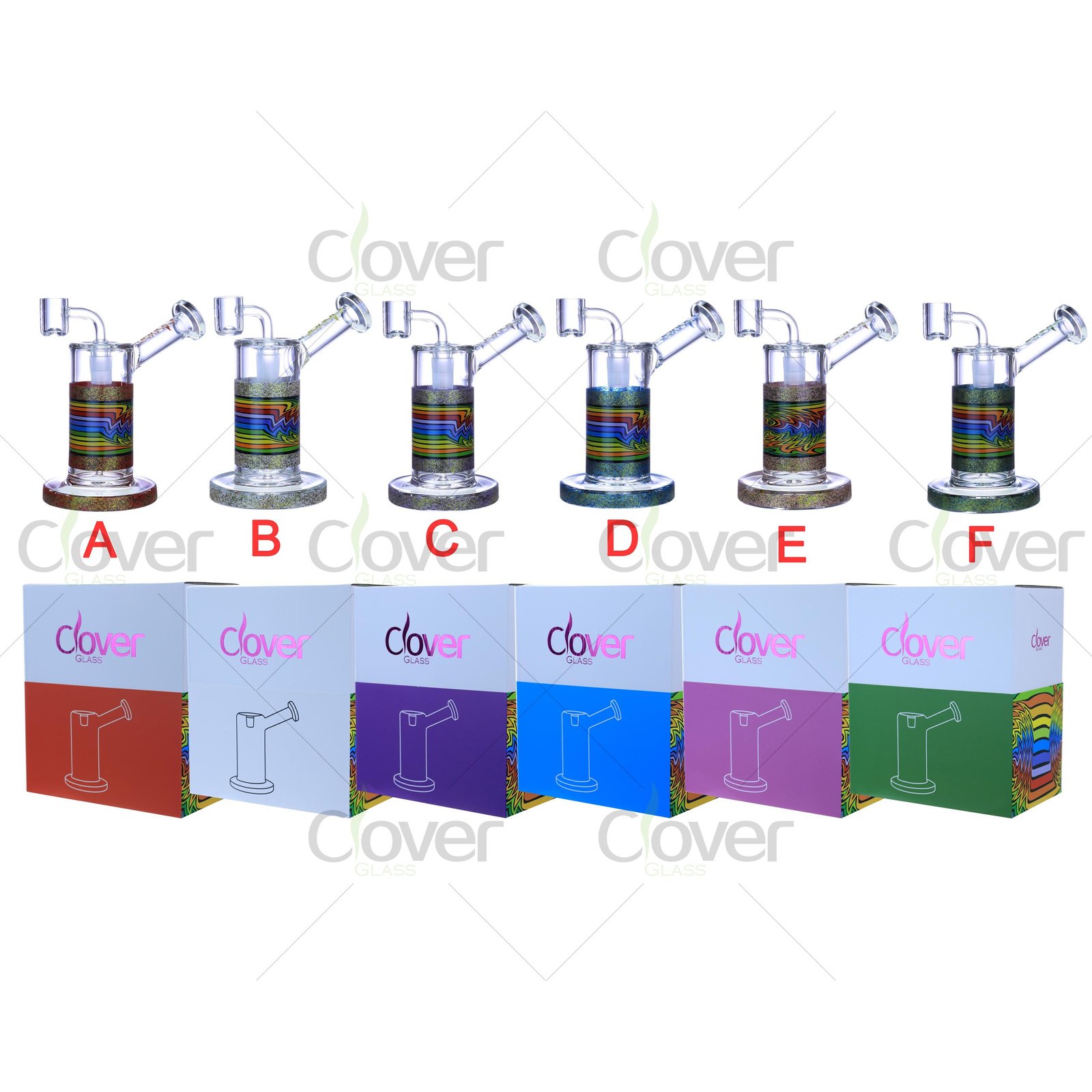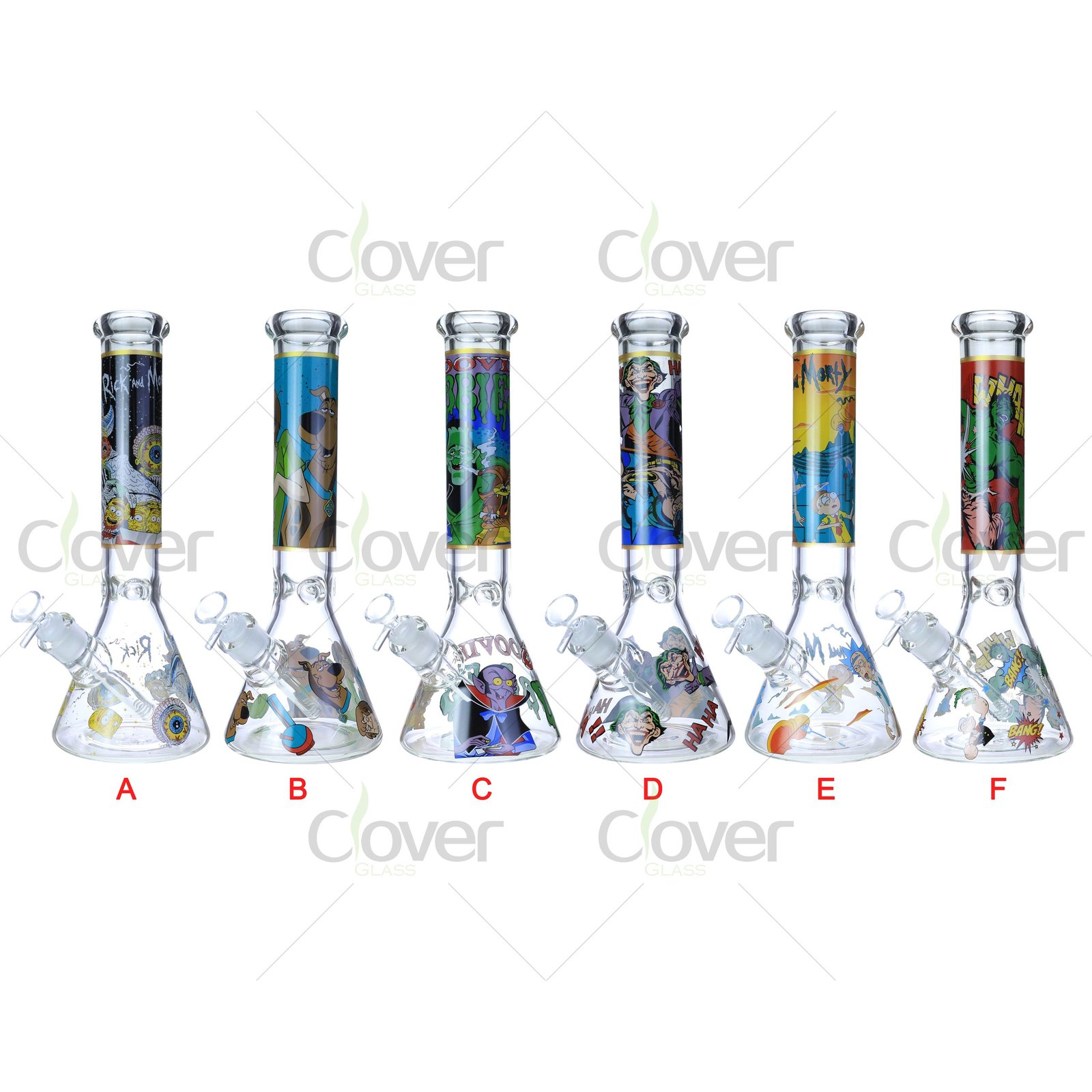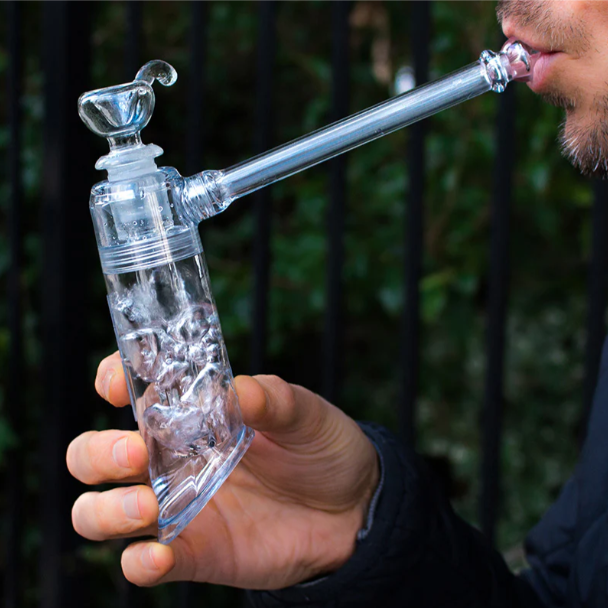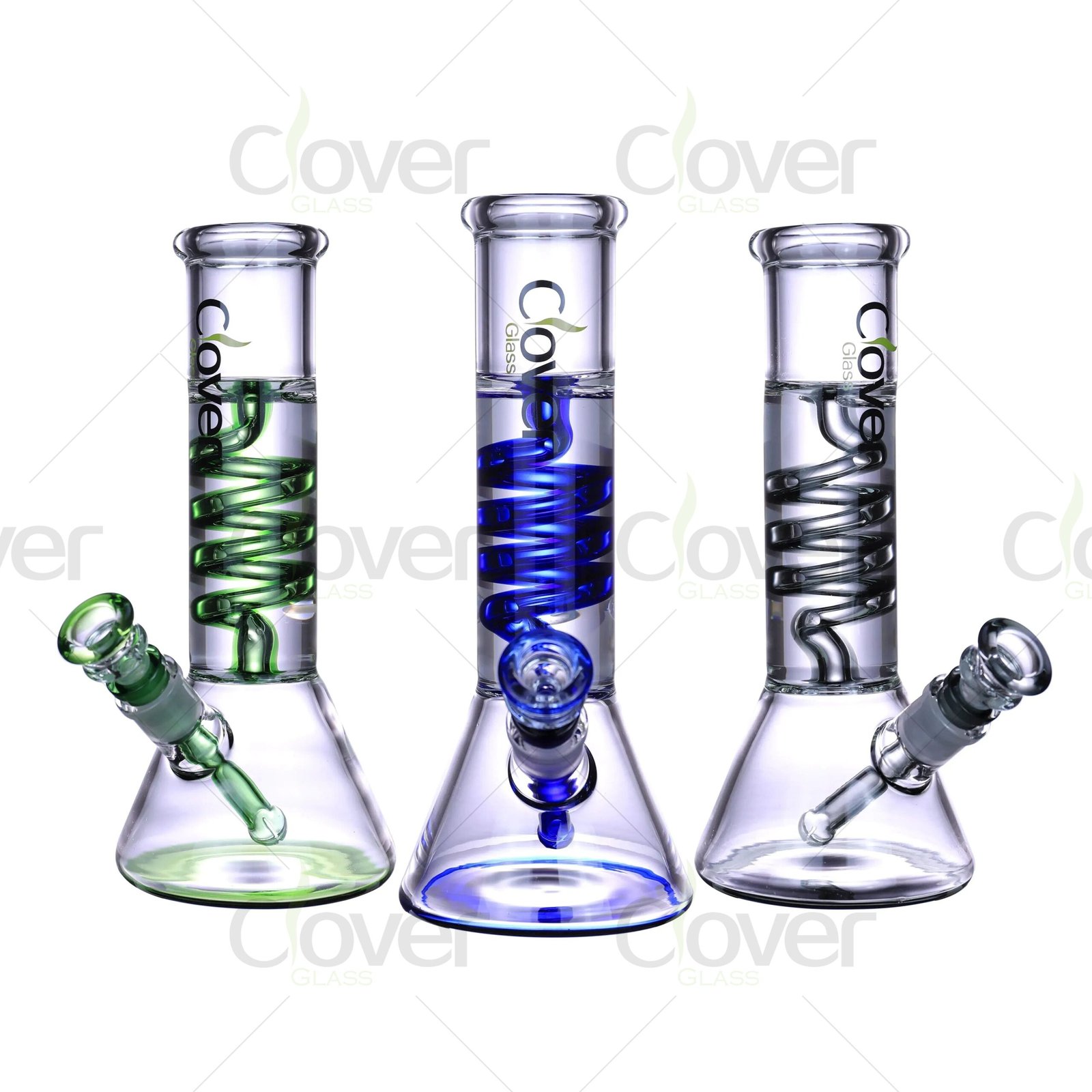Your once-crisp bong now smells like a swamp. That sour, skunky odor puts buyers off, ruins flavor, and hints at hidden grime. Let’s fix the funk so every puff tastes fresh again.
A bong smells bad when stale water, burnt resin, and odor-trapping biofilm build up inside the glass. Swap the water daily, deep-clean with coarse salt and 70-75 % isopropyl alcohol, then let it air-dry. This routine removes odor-causing microbes and keeps borosilicate glass sparkling.
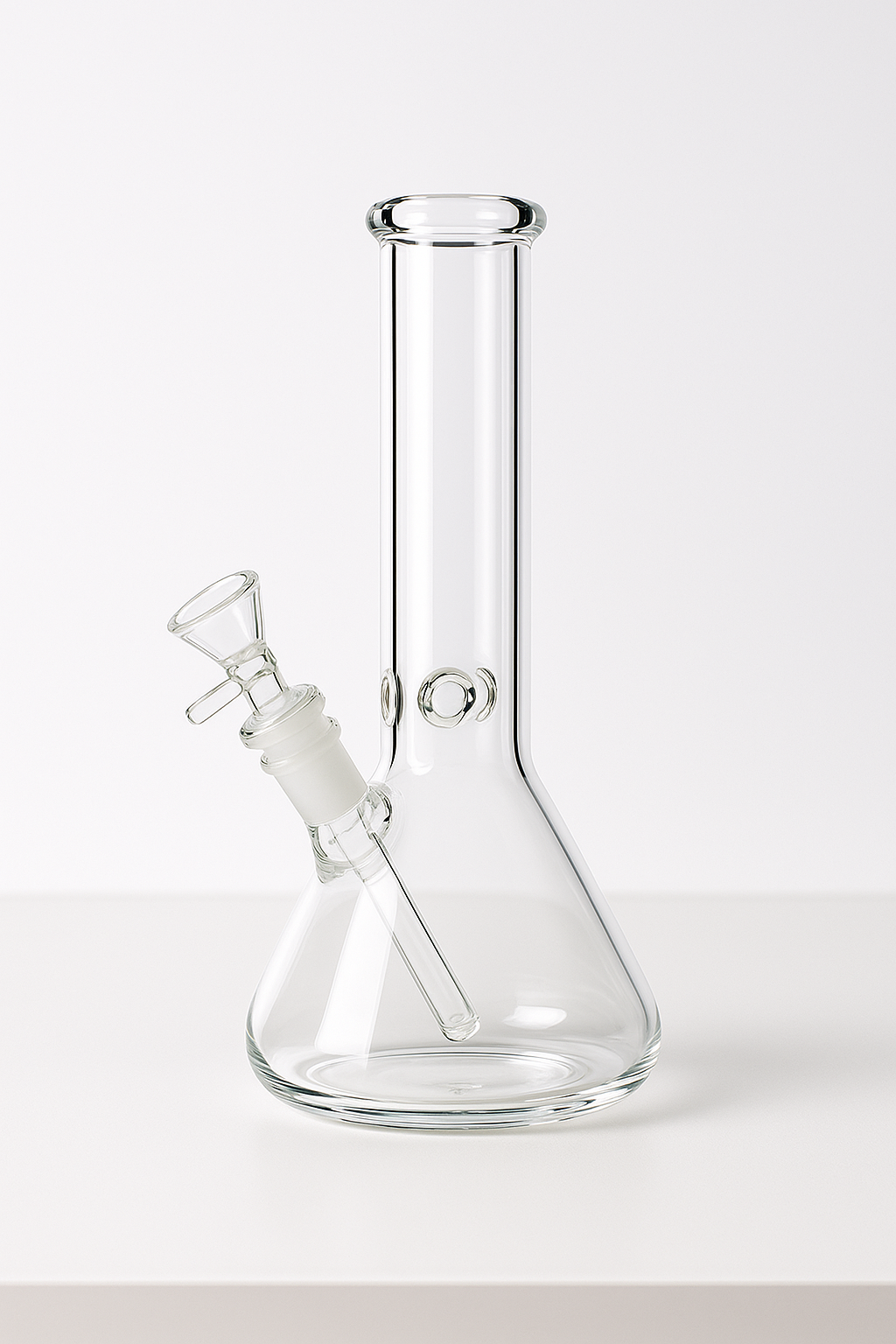
Ready to dive in? Here’s the simple, no-nonsense guide.
What is bong odor—and where does it start?
Old bong water collects ash, tar, and microscopic organisms. Within hours a slimy biofilm forms on the glass walls, trapping volatile sulfur compounds that give off that “wet dog” smell.
Bong odor comes from decomposing plant matter, resin, and microbial biofilm—change the water every session and clean weekly to stop the stink biofilm .
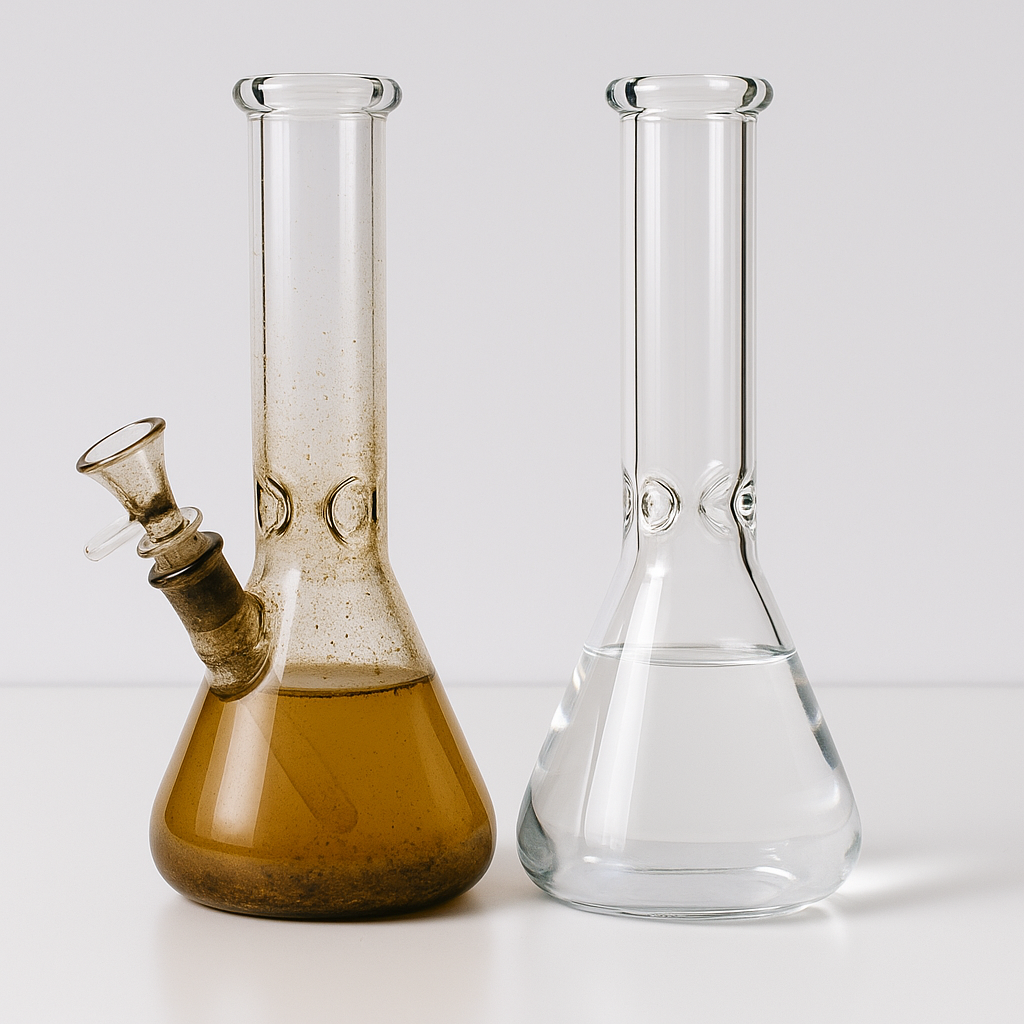
Why does it matter?
Smelly glass isn’t just embarrassing—it can harbor bacteria such as Legionella and mold spores that irritate lungs during each inhale.
A foul-smelling bong signals bacterial growth linked to respiratory risk CDC guidance . Keeping it clean protects flavor, health, and product shelf life.
How to choose the right deodorizing method?
Pick a routine that’s quick, cheap, and gentle on borosilicate glass: isopropyl + salt for everyday grime, enzyme soak for heavy resin, or specialty citrus cleaners for fragrance-free warehouses.
For commercial speed, 75 % isopropyl alcohol with coarse salt scrubs away resin in 5 minutes without scratching glass NCBI ; enzyme soaks work overnight for bulk cleaning.
What mistakes should beginners avoid?
Leaving water in the base overnight, using boiling water that stresses glass, and skipping the final rinse are top slip-ups.
Never boil borosilicate—thermal shock can crack it SGT . Dump water after each session and rinse with warm (not hot) water.

The science of stink
- Volatile sulfur compounds thrive in stagnant water.
- Resin oxidizes, releasing earthy phenols that cling to glass.
- Microbial colonies flourish in dark, nutrient-rich chambers University study .
Together they create the notorious “bong breath.”
Safe solvents compared
| Cleaning method | Time | Pros | Cons |
|---|---|---|---|
| 75 % Iso + Salt | 5 min | Fast, cheap, evaporates | Flammable—ventilate |
| Enzyme soak | 8 hr | Low odor, hands-off | Overnight wait |
| Citrus terpene | 15 min | Pleasant scent, reusable | Costlier |
| Baking soda & Vinegar | 20 min | Food-grade, easy | Less effective on thick resin |
Frequency schedule
| Usage | Water change | Deep-clean |
|---|---|---|
| Light (≤ 3 bowls/day) | Daily | Weekly |
| Heavy (retail demo) | Per session | Every 2 days |
| Showroom display | After each customer | Nightly |
Why 70-75 % alcohol?
Research shows these mid-range percentages penetrate biofilm better than pure alcohol PubMed , cutting odor-causing bacteria without clouding glass. (Anything below 60 % leaves microbes alive.)
Legal compliance & brand image
Many B2B buyers now demand written hygiene SOPs. Referencing NIDA’s harm-reduction guidelines NIDA and retail association best practices NORML shows you take safety seriously—perfect for sales decks or CHAMPS booth conversations.
Conclusion
Keep your glass odor-free: fresh water daily, alcohol-salt scrub weekly, and never let grime settle. Clean pipes sell faster—your nose (and customers) will thank you.
